In general, in Software Engineering a Repository is used to abstract the Data Layer (Database, Web Service) from the rest of the application (usually directly Business Tier), a good example would be this schema of a booking website:

It receives the updates via the Publish/Subscribe asynchronous connection and sends them to the other components. So the components are independent of each other.
So Repository is just a simple mediator class that is used to make the application more modular, so that you can swap out pieces easier, and make sure that the rest of the app doesn't bother with DB connections or HTTP calls and so on. So technically, you can inherit from Application (or anything else) and use it to save static variables and so on.
But as explained here:
The application object is not guaranteed to stay in memory forever, it will get killed. Contrary to popular belief, the app won’t be restarted from scratch. Android will create a new Application object and start the activity where the user was before to give the illusion that the application was never killed in the first place.
So it's entirely up to you, you can use the repository style as you wish, it's not at all tied to Room or anything else.
